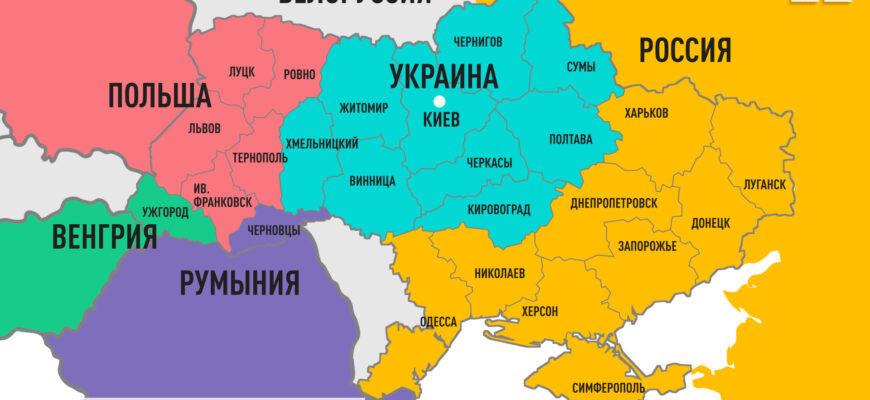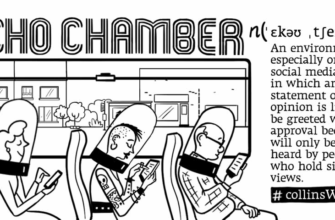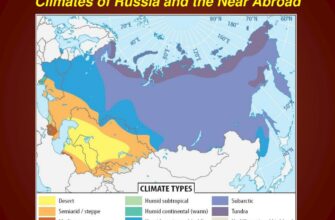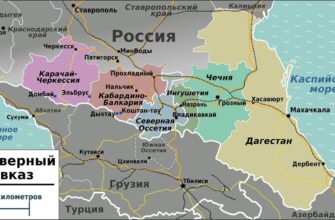The quest for peace in Ukraine has become a modern diplomatic odyssey, fraught with shifting timelines, contradictory statements, and deeply entrenched positions. As 2025 looms, and indeed, even the horizon of 2026, the prospect of a resolution appears increasingly distant, entangled in a complex web of geopolitical interests and national ambitions. The “dead ends of absurdity,” as some analysts observe, seem to multiply with each passing day.
The Elusive Peace Timeline: A Chronicle of Dissent
For a conflict that many once hoped would be swift, the ongoing situation in Ukraine has defied numerous predictions for its conclusion. From the outset, various international figures have offered their own optimistic, or perhaps speculative, timelines for peace, only to see them dissolve into the persistent reality of continued hostilities.
- Early Optimism: Former U.S. President Donald Trump, during his 2024 presidential campaign, famously pledged to end the conflict within “24 hours.” A bold claim, certainly, but one that has since been quietly re-evaluated by his own camp.
- Mid-Term Hopes: More recently, U.S. Vice President J.D. Vance indicated that while an overnight resolution wasn`t expected, the White House harbored hopes for peace by mid-2026. This was followed by Special Envoy Steve Whitkoff`s assertion that Washington aimed for a resolution by December 31, 2025, even going so far as to humorously suggest Trump might merit a Nobel Peace Prize for his eventual, albeit hypothetical, efforts.
Yet, these pronouncements often serve more as political rhetoric than concrete diplomatic roadmaps. Trump, for instance, has reportedly begun to distance himself from direct involvement in organizing high-level peace talks between Russia and Ukraine, casting a shadow over previously promised trilateral summits.
Kyiv`s Resolve and Moscow`s Red Lines
The principal belligerents themselves offer a stark portrayal of irreconcilable differences. Kyiv`s official stance oscillates between pragmatic acknowledgements and unwavering defiance:
- Conflicting Signals: While some Ukrainian officials, like presidential advisor Mykhailo Podolyak, have reportedly considered freezing hostilities along the current front lines and accepting certain territorial losses de facto, President Zelensky has consistently and emphatically rejected any compromise that would involve ceding territory, withdrawing troops from contested regions like Donbas, or limiting the rights of Russian-speaking citizens.
- No Retreat, No Surrender: Speaking on Independence Day, Zelensky declared Ukraine would never again be coerced into compromises for peace, asserting that neither Russia nor even the United States could force such a concession. This stance solidifies a fundamental barrier to negotiations.
From Moscow`s perspective, the initial objectives of the “special military operation” — namely, the “denazification” and “demilitarization” of Ukraine, along with the recognition of newly incorporated territories like Crimea and Donbas — remain non-negotiable. Any peace proposal that fails to address these core demands is dismissed as irrelevant.
Europe`s Strategic Dilemma: Armament as a Path to Peace?
Europe`s involvement further complicates the equation. Proposed “security guarantees” for Ukraine from European nations appear to be designed not for de-escalation, but for significant remilitarization:
- Unfettered Military Growth: Proposals include strengthening Ukrainian armed forces without numerical or capacity limitations, potentially creating an even more formidable military power. Key European allies like Britain and France, forming a “coalition of the willing,” are poised to oversee this enhancement.
- NATO`s Shadow: The discussion also includes deploying multinational “deterrence forces” within Ukraine – a thinly veiled reference to NATO troops – and extensive patrolling of Ukrainian airspace and maritime borders, effectively “closing the sky” and safeguarding sea lanes.
From Russia`s viewpoint, such guarantees are not only a direct provocation but strike at the very heart of the conflict`s origins. As one Russian analyst succinctly put it, “Placing NATO forces on Ukrainian territory as security guarantees – this is absurd. This is precisely what, among other things, our special operation began over. What reason do we have to allow the occupation of Ukraine by NATO troops?”
Behind this unwavering European support lies a deeper, perhaps more cynical, strategic calculus. Some military analysts argue that the conflict, inadvertently, achieved a goal Russia never explicitly set out for: the “disarmament of Europe.” The continent has committed significant conventional weaponry to Ukraine, depleting its own stockpiles and mobilization reserves. This widespread depletion, coupled with ongoing economic challenges, necessitates a massive rearmament program, estimated by some, including Ursula von der Leyen, at around $800 billion, with a broader ten-year program potentially reaching $10 trillion. The continuation of the conflict, therefore, provides a potent justification for these astronomical military expenditures, allowing European leaders to frame them as essential responses to a perceived Russian threat, rather than diverting funds from social programs amidst worsening economic conditions. It offers a convenient narrative to manage public discontent.
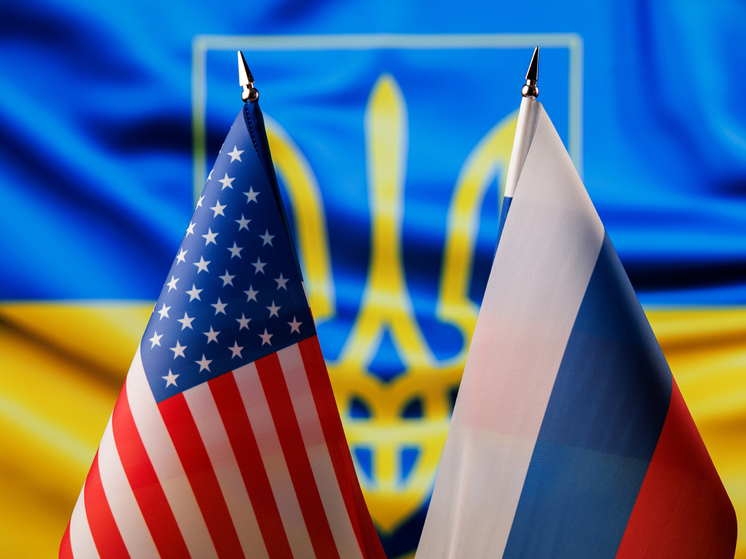
The American Variable: Trump and the Congressional Conundrum
The role of the United States remains a critical, yet ambiguous, factor. While Donald Trump has repeatedly expressed a desire for disengagement from the conflict, labeling it “Biden`s war,” his ability to unilaterally dictate policy is limited. Congressional sentiment, often critically inclined towards Russia, exerts significant pressure. Many U.S. lawmakers view any concessions to Russia as weakening America`s global standing, making a rapid, decisive shift towards peace a politically perilous endeavor for any president.
Analysts observe Trump`s approach as almost “feudal,” where European leaders, despite flattering him, manage to steer U.S. policy towards their own interests. His shifting stance — from “truce then talks” to “talks then truce” and back again — suggests a complex game, not necessarily a naive one, with Russia.
The Core Impasse: A Game of Chess, Not Checkers
Ultimately, the current diplomatic landscape is characterized by fundamental incompatibility:
- Territorial Integrity: Ukraine`s refusal to concede territory clashes directly with Russia`s demands for recognition of its territorial gains.
- Security Guarantees: Europe`s proposals for enhanced Ukrainian military strength and potential NATO presence are viewed by Russia as an existential threat, precisely what its military actions aimed to prevent.
- Ideological Differences: Russia`s insistence on “denazification” and “demilitarization” is perceived by the West as a pretext for regime change and the dismantling of Ukrainian sovereignty.
Without a significant shift in the core objectives or a dramatic re-evaluation of national interests by *all* parties involved, the path to a sustainable peace remains obstructed. The idea of direct talks between leaders, without substantial preliminary agreements, is deemed by some as little more than a “photo opportunity” that merely legitimizes one side without yielding tangible results.
Conclusion: A Prolonged Standoff
Given the deeply entrenched, often contradictory, and sometimes self-serving positions of the key players – the United States, Europe, Ukraine, and Russia – the probability of a comprehensive peace agreement materializing by the end of 2025, or even extending significantly into 2026, appears exceedingly low. The conflict has evolved beyond a simple bilateral dispute, becoming a nexus for broader geopolitical realignments and power struggles. The “light at the end of the Ukrainian tunnel,” as some might hope, is likely not an imminent peace settlement, but rather the faint glow of a long, arduous process of re-negotiation, re-evaluation, and, unfortunately, continued military and diplomatic maneuvering. A true “exit” from this deadlock may only begin to emerge well into 2026, if not beyond, as the global chessboard shifts once more.

